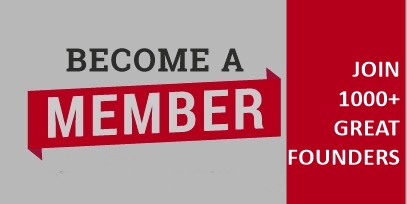 Content has become more critical to b2c & b2b marketing because as more and more people start to tune-out traditional marketing, content enables businesses to engage their users.
Content has become more critical to b2c & b2b marketing because as more and more people start to tune-out traditional marketing, content enables businesses to engage their users.
Like any marketing effort or tactic, content requires quality, engagement, & variety.
I've put together some ideas to consider for 2013.
Thank You to BJMANNYST.COM for their collaboration (customerservice[at]bjmannyst[dot]com).
- Make effort to collaborate with others within your organization, outside your circle, or with diverse influencers outside your organization.
- Content doesn't have to be in video, or text all the time. It can be just catering to one individuals situation. The reality is that people learn in different ways.Sometimes less content and efficient use can have a greater impact.
- Develop a content plan, develop one around events, and sync your plan to calender online, on your phone so that when inspiration comes, you will know how to maximize it.The how to articles sometimes need to be adapted to how to stories. How a business took your suggestion and made it work for them.
- Do you know who are your social media influencers. Find them and figure out how to reach them and how to work with them on a win-win-win basis.
- When it comes to communities, if all you do is just promote or sell, You waste your opportunity to show members and managers that you have some great values to add.
- Social media is not for selling. It's for presenting your value in an engaging way so you can have the chance to serve prospects and customers.
- Find out what your customers biggest pain or questions are and come up with content, offers, and tools to assist them.
- Increase the number of email subscribers to your content.
- Audit all your content and determine which formate, style, font, layout, message gave you the most return.
- Sometimes provide content or experience or values which clearly doesn't benefit you and surprises your customers.

_143X185.png)


















